Bartosz Ciechanowski used his style of interactive essay, with many sliders, graphics, and simulations, to explain the movement of the Moon, its relationship to Earth, and why we see the Moon’s lighting differently through its phases.
The Moon may be just an unassuming neighbor in the sky, but its presence affects our lives in many subtle ways. When it reflects sunlight off its scarred surface to guide the way in the darkness of night, or as it breathes life into oceans by rhythmically raising tides, or when it cloaks the Sun in a rare and awe-inspiring total solar eclipse, the Moon reminds us of the celestial world right outside of the safe confines of our planet.
I’m fairly certain that Ciechanowski makes these explainers out of personal interest, and he just happens to also enjoy making physics-related graphics. I’m glad they exist.

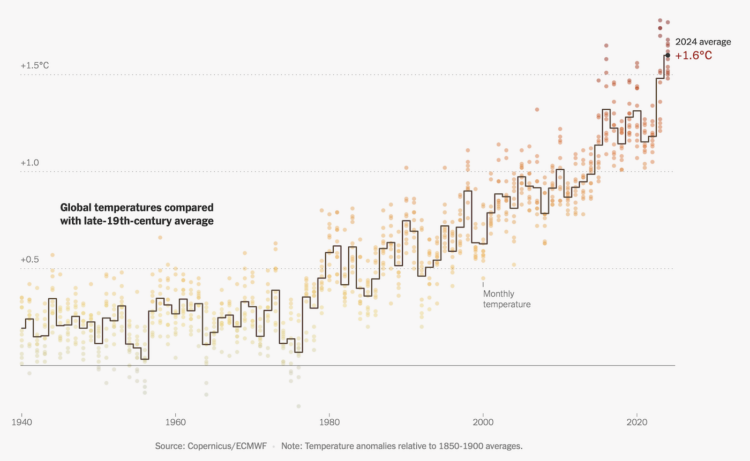



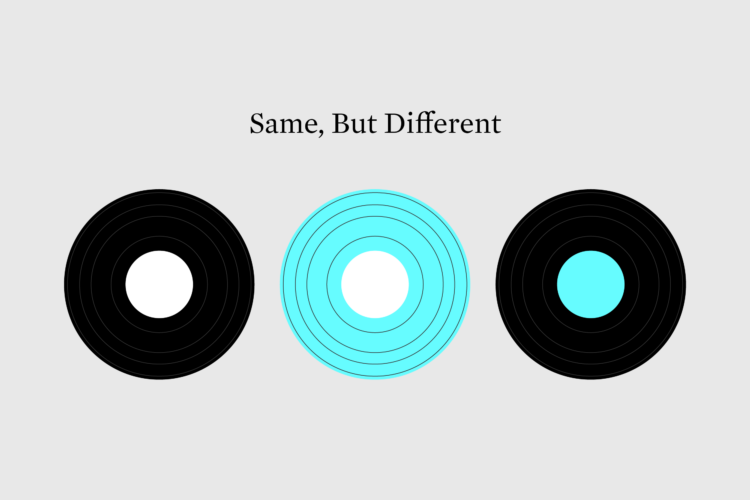
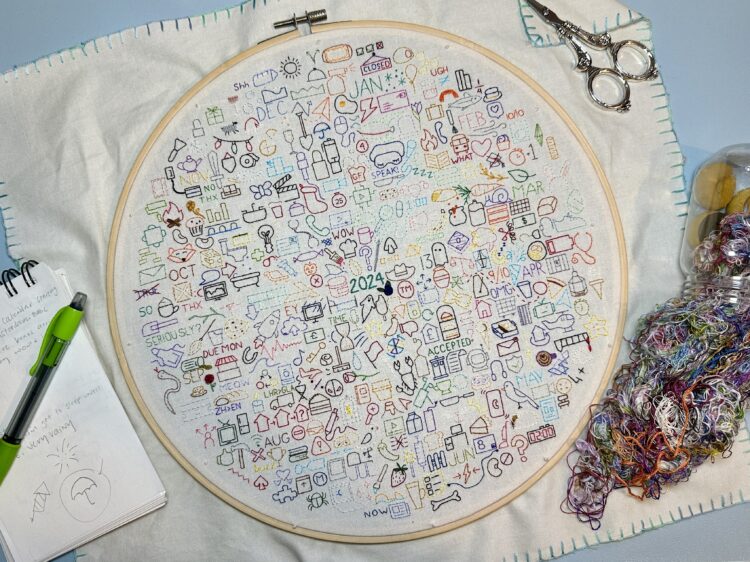


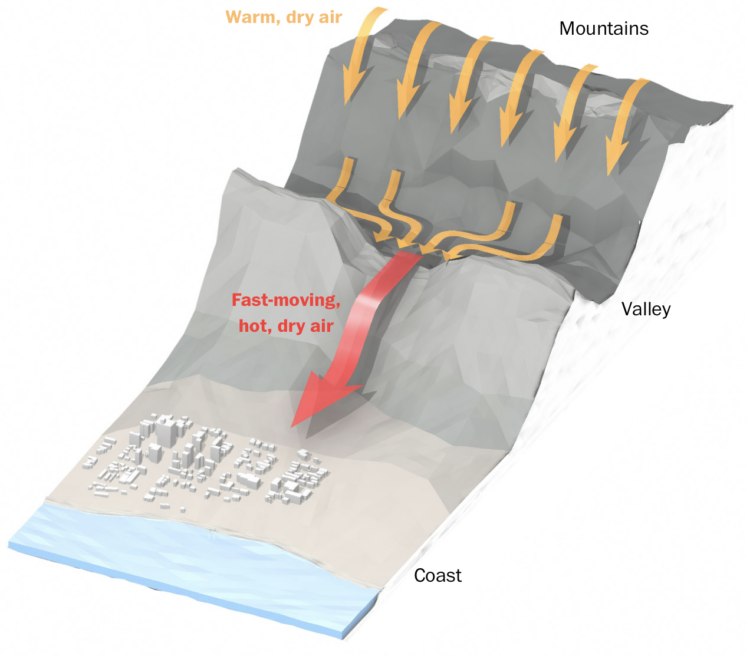
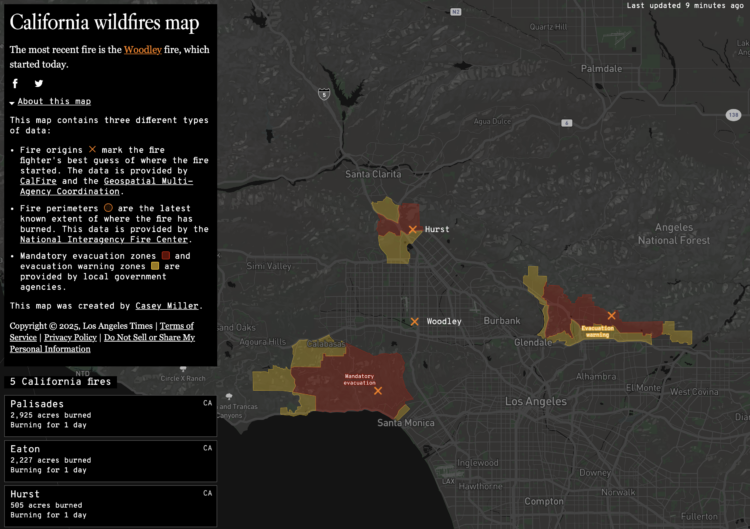
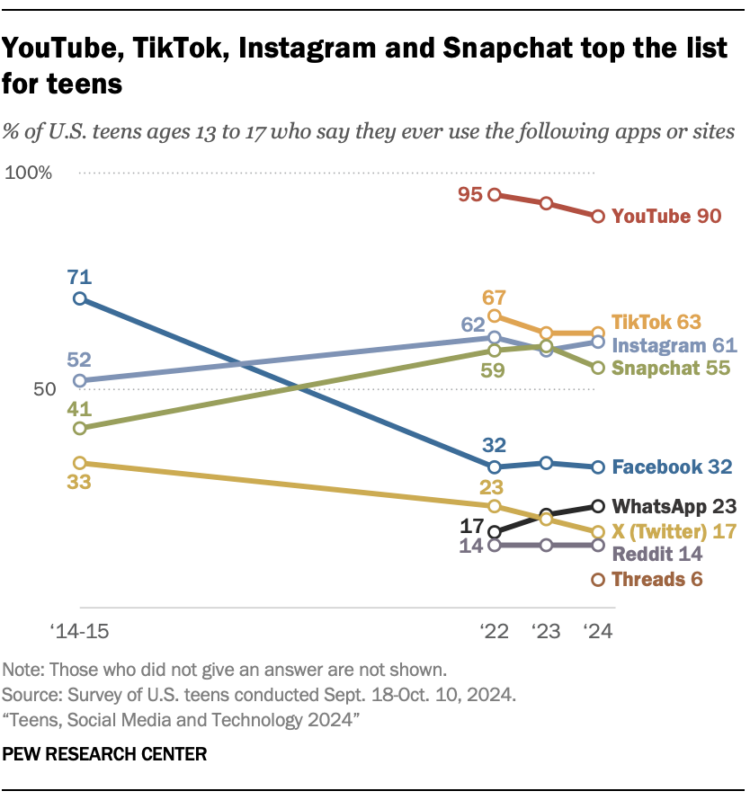
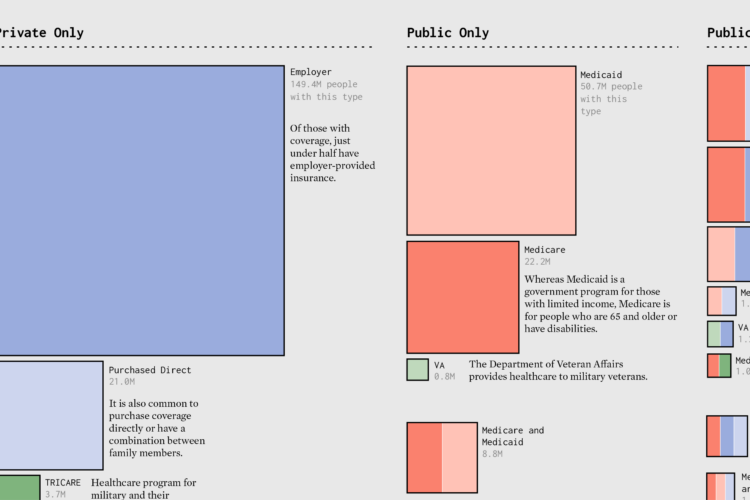
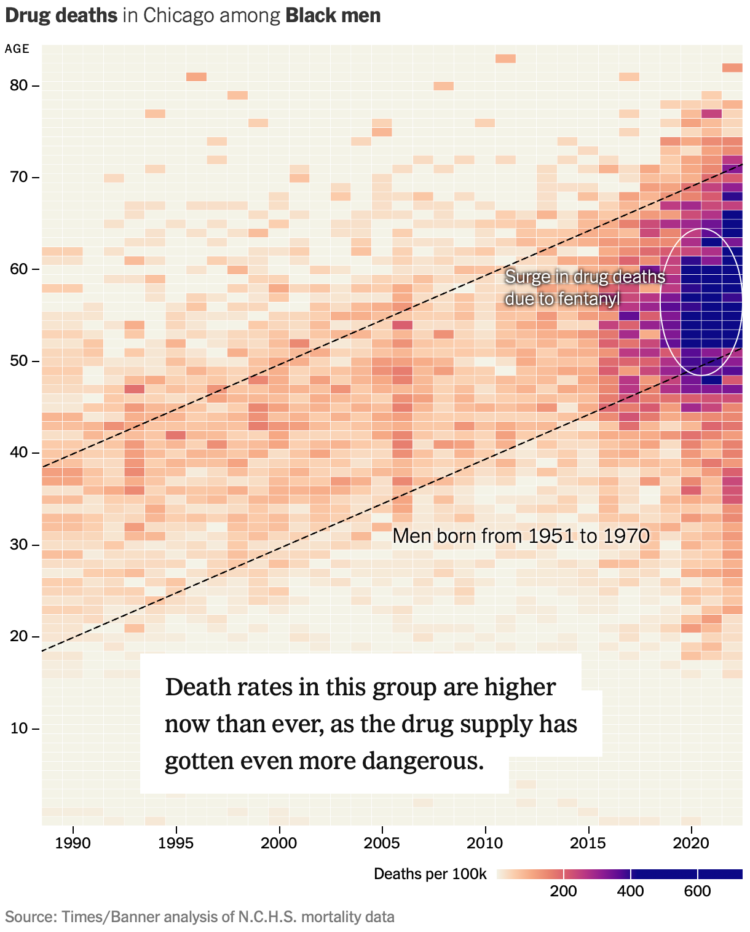
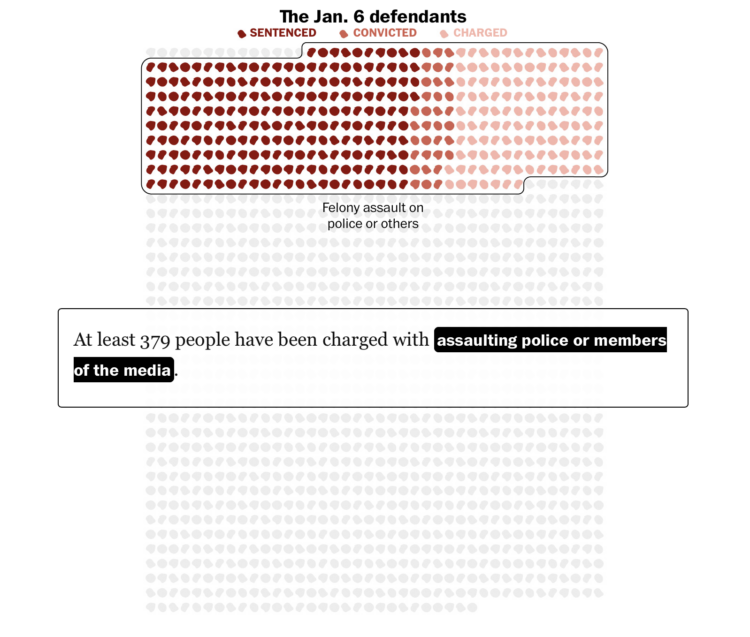
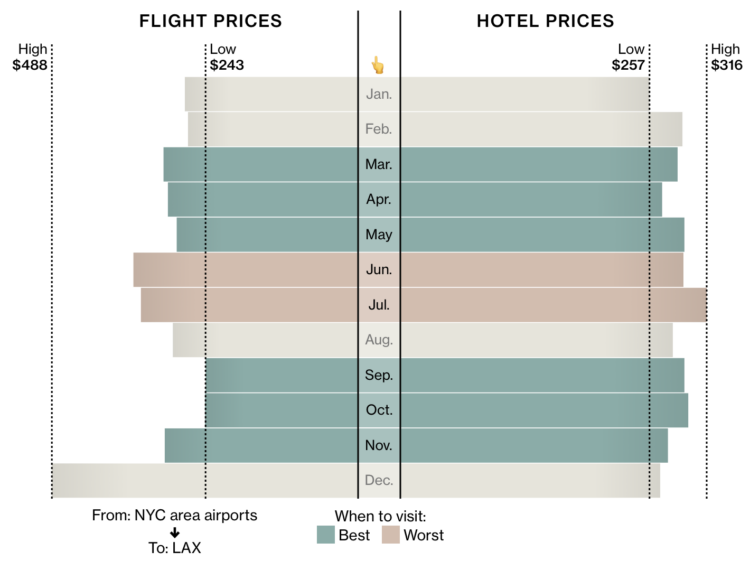



 Visualize This: The FlowingData Guide to Design, Visualization, and Statistics (2nd Edition)
Visualize This: The FlowingData Guide to Design, Visualization, and Statistics (2nd Edition)










